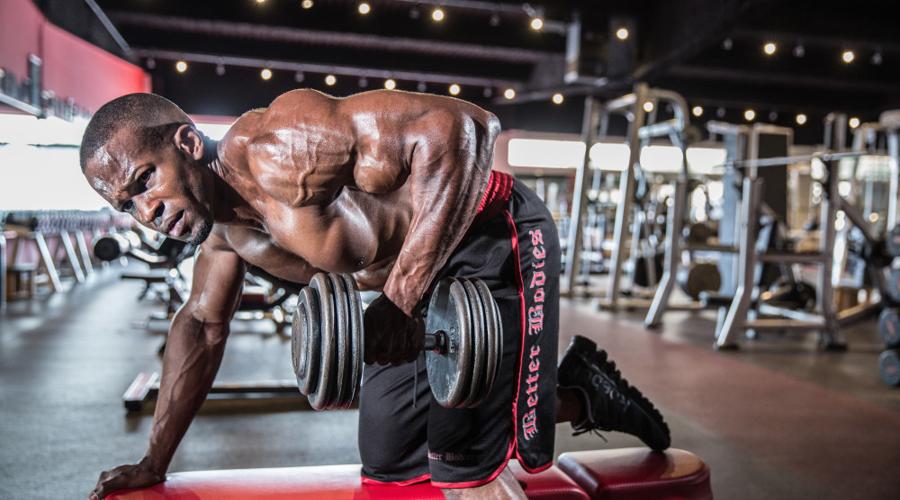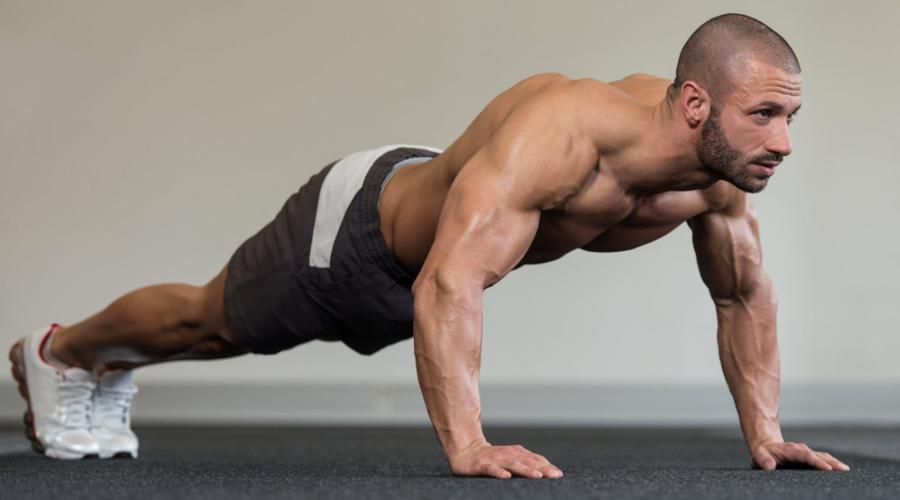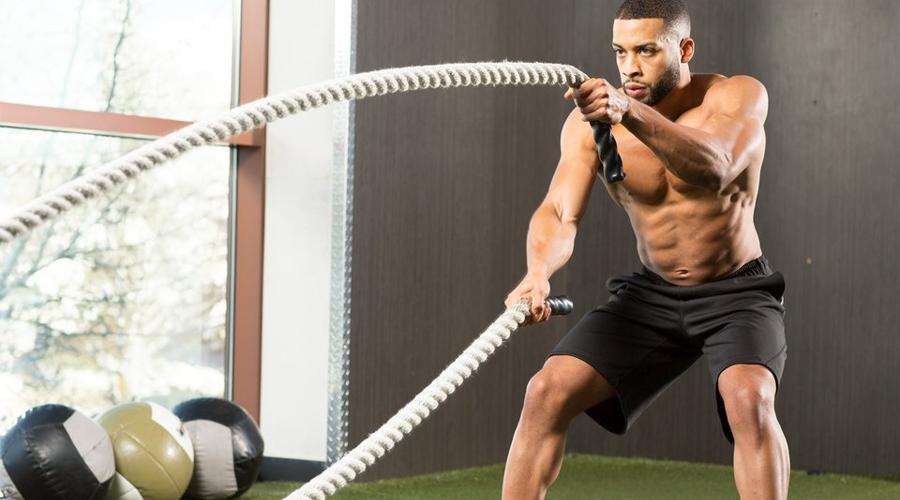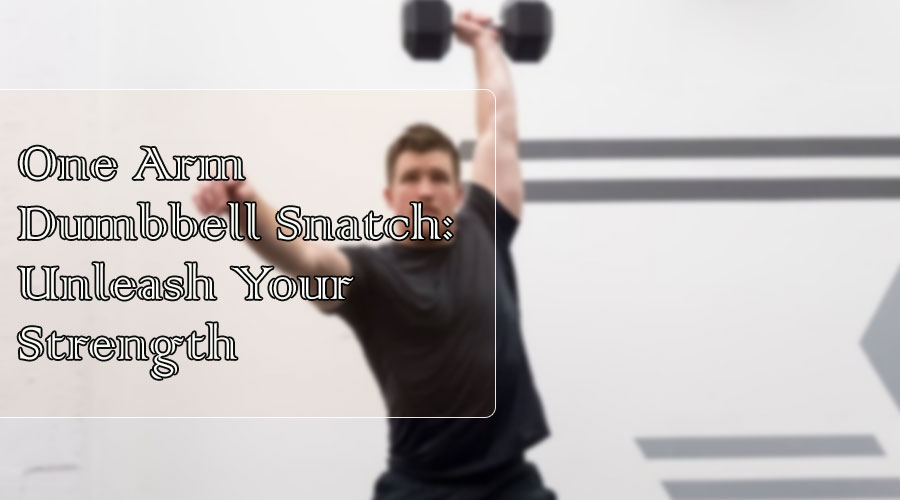If you’re looking to take your fitness routine to the next level, intense workouts may be just what you need. These challenging exercises are designed to push your body to its limits, helping you build strength, endurance, and mental toughness.
With these hardcore workouts, you’ll be able to challenge yourself in new ways and achieve fitness goals you never thought possible. From high-intensity interval training (HIIT) to plyometrics and weightlifting, these workouts will push you out of your comfort zone and help you reach new levels of fitness.
While intense workouts may be tough, the benefits are numerous. You’ll build lean muscle mass, burn fat, and boost your overall fitness level. Plus, the endorphins released during these intense workouts can leave you feeling energized and empowered.
So, if you’re ready to push your limits and take on a new fitness challenge, check out our selection of intense workouts and get started today!
What are Intense Workouts?
Intense workouts, also known as hardcore workouts, are a type of exercise that challenges the body and pushes it to its limits. These workouts are designed to be more difficult and demanding than traditional exercises, and often incorporate high-intensity interval training (HIIT), plyometrics, and weightlifting.
Intense workouts can provide a variety of benefits for overall health and fitness, including increased strength, endurance, and cardiovascular health. They can also aid in weight loss, as they burn a significant amount of calories in a shorter amount of time compared to low-intensity workouts.
However, it is important to note that intense workouts are not suitable for everyone. They can be physically demanding and may increase the risk of injury if proper form and technique are not used. It is important to consult with a healthcare professional before starting any new exercise routine, especially if you have pre-existing medical conditions or injuries.

Importance of Challenging the Body
Challenging the body is an important aspect of achieving overall health and fitness. When the body is challenged, it adapts and becomes stronger, leading to improved physical and mental health. Here are some of the reasons why challenging the body is important:
- Increases Strength and Endurance: Challenging the body through hardcore workouts or other physical activities can help build strength and endurance. This can improve physical performance in daily activities and sports.
- Aids in Weight Loss: Challenging the body through intense workouts can increase the metabolism, leading to more calories burned and potential weight loss.
- Boosts Cardiovascular Health: Challenging the body through cardiovascular exercise can improve heart health and reduce the risk of cardiovascular disease.
- Improves Mental Health: Challenging the body through physical activity has been shown to improve mental health by reducing stress and anxiety, boosting mood, and increasing self-confidence.
- Prevents Plateaus: Challenging the body with new and varied workouts can prevent plateaus in fitness progress and keep the body continuously improving.
Plyometric Workouts
Plyometrics, also known as jump training or explosive training, is a type of exercise that involves powerful, explosive movements designed to increase muscular power, speed, and agility. Plyometric exercises involve a rapid stretching and contraction of the muscles, and typically involve jumping or hopping movements. Here are some examples of plyometric exercises:
- Box Jumps: Box jumps involve jumping up onto a box or platform and then back down to the ground. This exercise targets the lower body muscles, including the quadriceps, glutes, and calves.
- Jump Squats: Jump squats involve performing a standard squat and then explosively jumping up into the air. This exercise targets the lower body muscles, as well as the core.
- Plyometric Lunges: Plyometric lunges involve performing a standard lunge and then explosively jumping up into the air before switching legs. This exercise targets the lower body muscles, including the quadriceps, hamstrings, and glutes.
- Tuck Jumps: Tuck jumps involve jumping up into the air and bringing the knees up towards the chest, before landing back down on the ground. This exercise targets the lower body muscles, as well as the core.
- Burpees: Burpees involve performing a squat thrust and then jumping up into the air before repeating the exercise. This exercise targets the entire body, including the upper body, lower body, and core muscles.
Incorporating plyometric exercises into one’s workout routine can help increase muscular power, speed, and agility, leading to improved athletic performance and overall fitness. It is important to perform these exercises with proper form and technique to avoid injury and maximize effectiveness. Plyometric exercises should be added gradually to a workout routine, as they can be highly demanding on the body.
Weightlifting Exercises
Weightlifting, also known as resistance training or strength training, is a type of exercise that involves using external weights or resistance to challenge the muscles and increase strength, endurance, and muscle mass. Weightlifting exercises typically involve using free weights, such as dumbbells or barbells, or weight machines. Here are some examples of weightlifting exercises:
- Squats: Squats are a compound exercise that targets multiple muscle groups, including the quadriceps, hamstrings, glutes, and core. To perform a squat, stand with feet shoulder-width apart, and hold a barbell or dumbbell at shoulder height. Lower the body down as if sitting in a chair, keeping the weight in the heels and the chest lifted. Push back up to standing, squeezing the glutes at the top.
- Deadlifts: Deadlifts target the hamstrings, glutes, and lower back. To perform a deadlift, stand with feet shoulder-width apart, holding a barbell or dumbbell in front of the body. Hinge at the hips and lower the weight towards the ground, keeping the back straight and core engaged. Lift the weight back up to standing, squeezing the glutes at the top.
- Bench Press: Bench press is a compound exercise that targets the chest, shoulders, and triceps. Lie on a bench with feet flat on the ground and hold a barbell or dumbbell at chest height. Push the weight up towards the ceiling, then lower it back down to chest height.
- Bicep Curls: Bicep curls target the bicep muscles. Hold a pair of dumbbells at arm’s length and slowly curl them towards the shoulders, keeping the elbows close to the body. Lower the dumbbells back down to arm’s length.
Incorporating weightlifting exercises into one’s workout routine can help increase muscular strength, endurance, and muscle mass, leading to improved overall fitness and health. It is important to perform these exercises with proper form and technique to avoid injury and maximize effectiveness. Weightlifting exercises should be added gradually to a workout routine, and weights should be increased slowly over time.

Other Hardcore Workouts
CrossFit
CrossFit is a type of high-intensity workout that incorporates elements of weightlifting, gymnastics, and cardio exercises. CrossFit workouts are designed to be constantly varied and include a combination of exercises that challenge both the aerobic and anaerobic systems. These workouts can be highly effective for burning calories, increasing strength, and improving overall fitness.
One of the unique aspects of CrossFit is the community aspect. Many CrossFit gyms, also known as “boxes,” offer group classes where members can work out together and push each other to achieve their fitness goals. CrossFit workouts often involve a specific workout of the day, or “WOD,” that is designed to challenge participants and promote progress.
Some common CrossFit exercises include squats, deadlifts, pull-ups, and burpees. These exercises can be performed with bodyweight, barbells, dumbbells, or other equipment. CrossFit workouts are typically performed for time or for a certain number of reps, and can be customized to individual fitness levels.
While CrossFit can be highly effective for improving fitness, it is important to approach it with caution. The high-intensity nature of CrossFit workouts can increase the risk of injury if proper form and technique are not used. It is important to start with a foundation of strength and fitness before beginning CrossFit, and to work with a qualified coach or trainer to ensure proper form and progression.
Bootcamp
Bootcamp is a type of high-intensity workout that incorporates elements of strength training, cardio, and plyometrics. Bootcamp workouts are typically designed to be challenging and provide a full-body workout. These workouts can be highly effective for burning calories, increasing strength, and improving overall fitness.
Bootcamp workouts often involve a combination of exercises performed in a circuit format. Participants move from one exercise to the next, performing each exercise for a certain amount of time or number of reps before moving on. Some common bootcamp exercises include squats, lunges, push-ups, and burpees.
One of the unique aspects of bootcamp is the group aspect. Bootcamp classes are often offered in a group setting, where participants can work out together and motivate each other to achieve their fitness goals. Bootcamp workouts can also be customized to individual fitness levels, making it accessible to people of all fitness levels.
While bootcamp can be highly effective for improving fitness, it is important to approach it with caution. The high-intensity nature of bootcamp workouts can increase the risk of injury if proper form and technique are not used. It is important to start with a foundation of strength and fitness before beginning bootcamp, and to work with a qualified coach or trainer to ensure proper form and progression.
Tabata
Tabata is a type of high-intensity interval training (HIIT) that involves short bursts of intense exercise followed by periods of rest. Tabata workouts typically last only four minutes and include eight rounds of 20 seconds of work followed by 10 seconds of rest. These workouts can be highly effective for burning calories, increasing endurance, and improving overall fitness.
Some common Tabata exercises include squats, push-ups, burpees, and jumping jacks. These exercises can be performed with body weight or with equipment such as dumbbells or resistance bands. Tabata workouts can also be customized to individual fitness levels, making it accessible to people of all fitness levels.
While Tabata can be highly effective for improving fitness, it is important to approach it with caution. The high-intensity nature of Tabata workouts can increase the risk of injury if proper form and technique are not used. It is important to start with a foundation of strength and fitness before beginning Tabata and to work with a qualified coach or trainer to ensure proper form.

Conclusion and Tips for Success
In conclusion, intense workouts such as CrossFit, boot camp, and Tabata can be highly effective for improving fitness, burning calories, and achieving fitness goals. These workouts are designed to challenge the body and promote progress and can be customized to individual fitness levels.
However, it is important to approach these workouts with caution and proper technique to avoid injury. It is recommended to start with a foundation of strength and fitness before beginning any intense workout routine and to work with a qualified coach or trainer to ensure proper form and progression.
Tips for success when incorporating intense workouts into a fitness routine include proper warm-up and cool-down, proper hydration, adequate rest and recovery, and listening to the body to avoid injury. It is also important to vary the workouts and exercises to prevent plateaus and promote progress.
By incorporating intense workouts such as CrossFit, boot camp, and Tabata into a fitness routine, individuals can challenge themselves and achieve their fitness goals. With proper technique, guidance, and dedication, these workouts can lead to improved physical and mental health and overall wellness.



